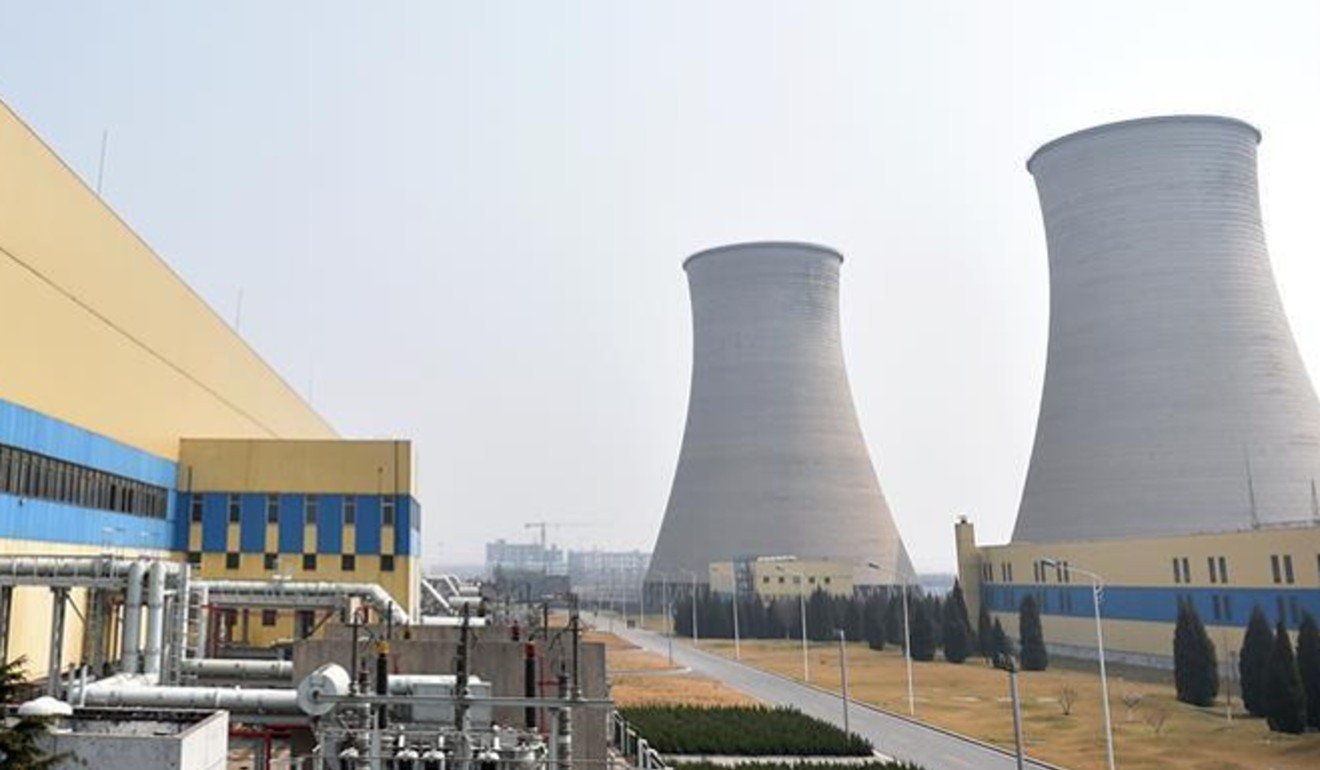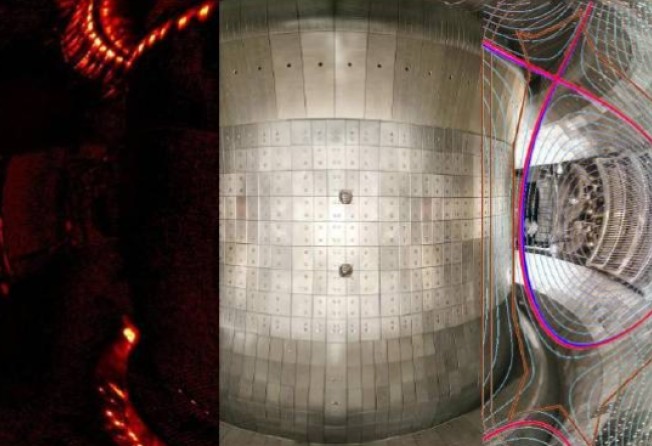
China team heralds fusion breakthrough as step towards new energy future
Team sets record for man-made temperature sustained for over 100 seconds but physicist says power plants are still a long way off

Chinese scientists have set a new record for artificial sun technology – nearly doubling the burn time of extremely hot plasma in near perfect conditions, the country’s top research institute says.
The team generated and maintained the plasma at a temperature three times that of the sun’s core for more than 100 seconds, the Chinese Academy of Sciences said in a statement on Wednesday.
It was an experiment conducted at the Experimental Advanced Superconducting Tokamak facility in Hefei, in the southeast province of Anhui on Monday, where the previous world record – maintaining that temperature for about a minute – was set last year.
Similar experiments in other countries have created plasmas that lasted longer but were less stable and difficult to control for the purpose of power generation.

Fusion technology could be applied to nuclear reactors in the future to generate clean energy, but its development has been held back by the difficulty of containing the reaction so that heat is released in a slow and controllable way. Nuclear fusion happens when two atoms of an element, such as hydrogen, merge and in the process release a huge amount of heat – the same chain reaction that takes place in the sun to provide life-giving energy.
But Zeng Shi, professor of nuclear physics at the Department of Engineering Physics at Tsinghua University, said although some researchers were optimistic about creating an artificial sun in the next half-century, he had his doubts. “This experiment was measured in seconds. It’s still a long way off power plant stage – that would require stable, continuous operation for decades.”
At the Hefei facility, scientists used a ring-shaped tokamak device – invented by Soviet physicists in the 1950s – to generate plasma, or extremely hot gas in which fusion takes place. The device also produces a strong magnetic field to contain the plasma in a limited space and prevent it from coming into direct contact with the inner wall of the reaction chamber. Such facilities have been used for decades in many countries but all face similar obstacles, particularly in keeping the plasma stable. Beijing has invested more money in fusion research than any other country in recent years, as facilities elsewhere are scaled down or discontinued. The biggest is being built in Provence, France, but its first experiment is not expected until 2025.
“Fusion is definitely the future, but it’s unlikely to come any time soon unless there’s a miracle – a big breakthrough,” Zeng said.